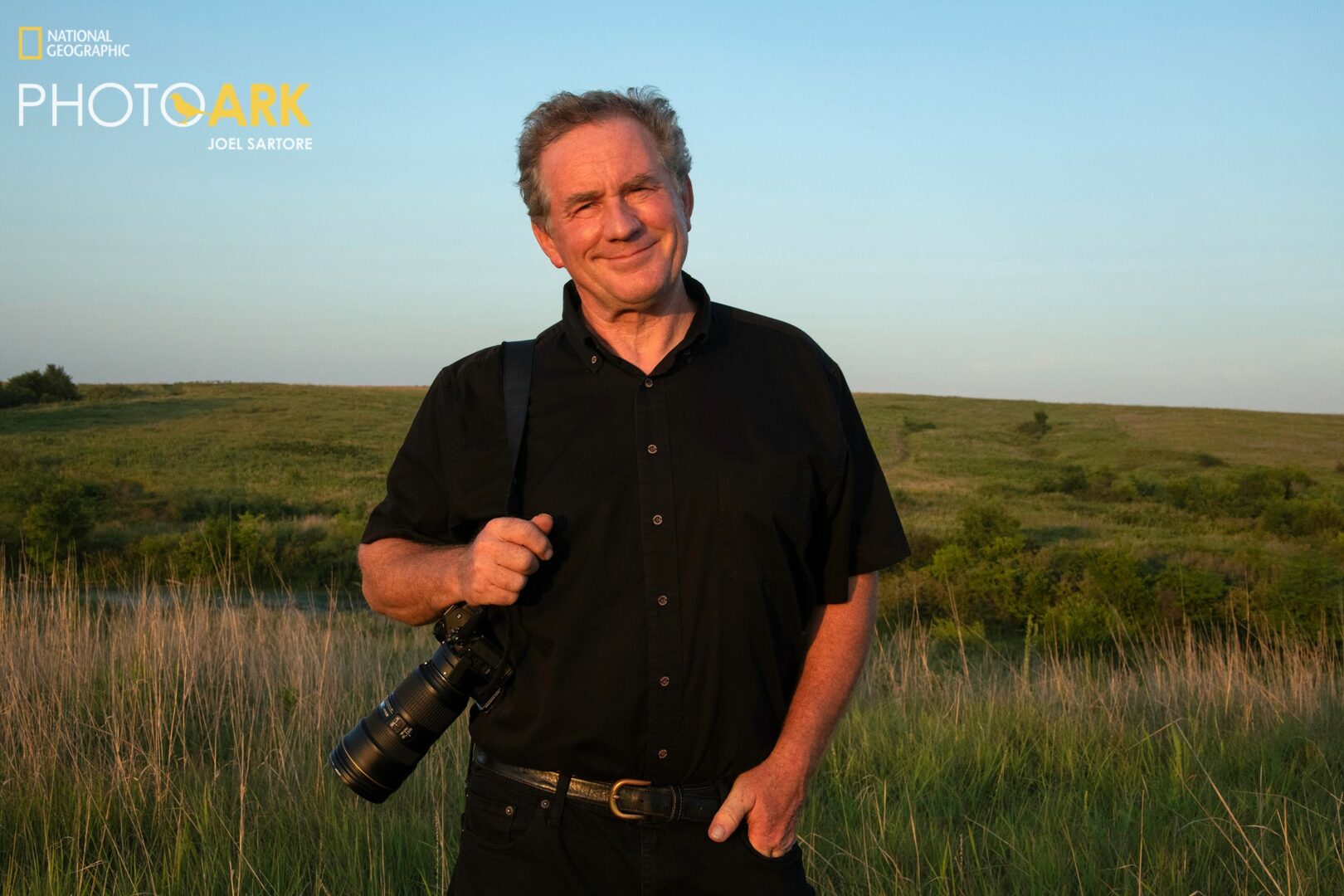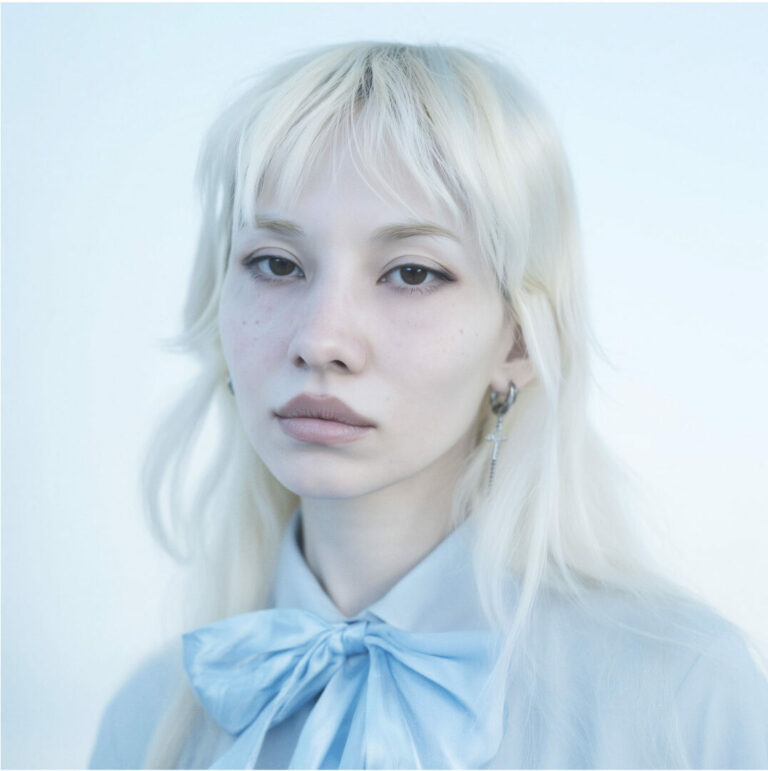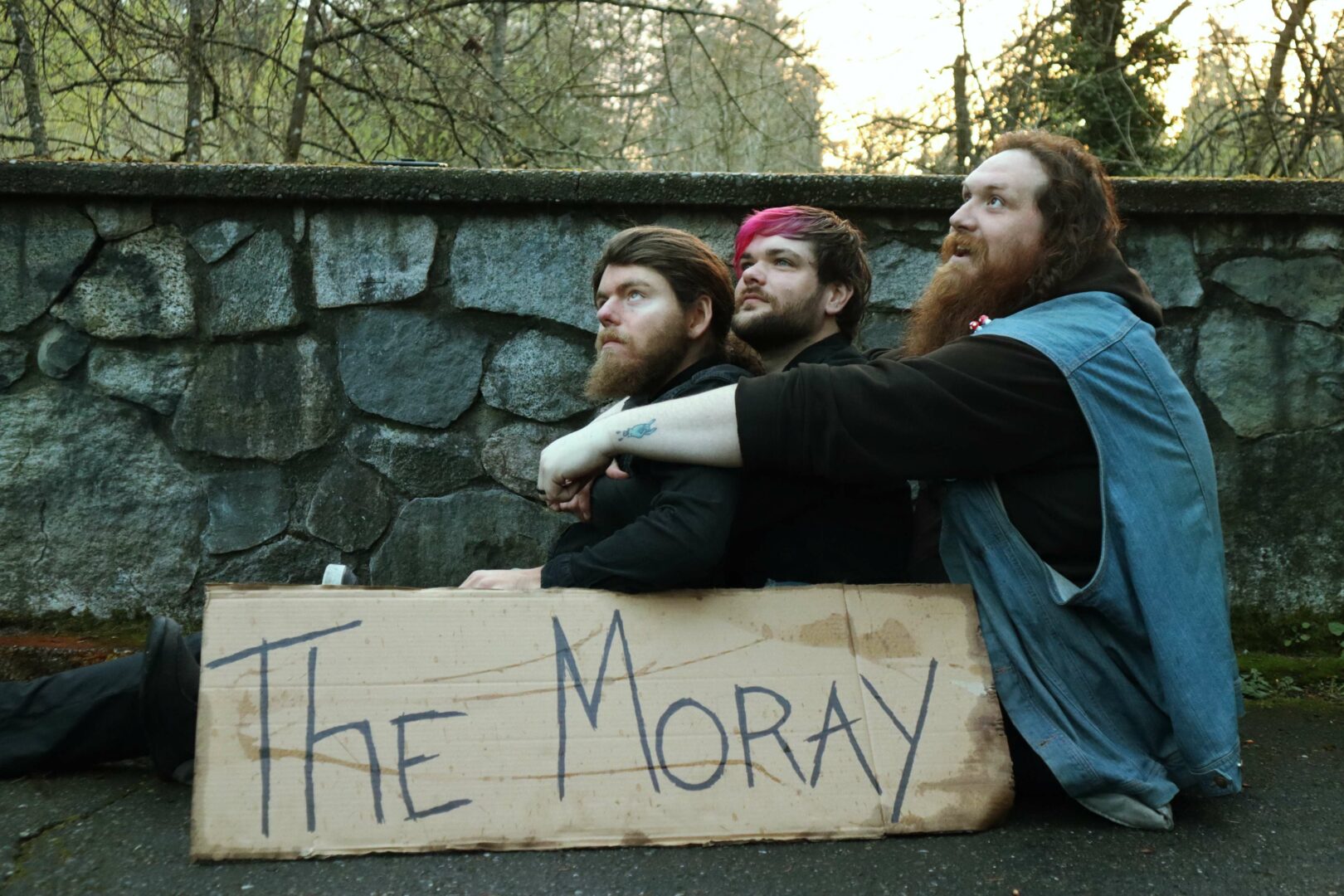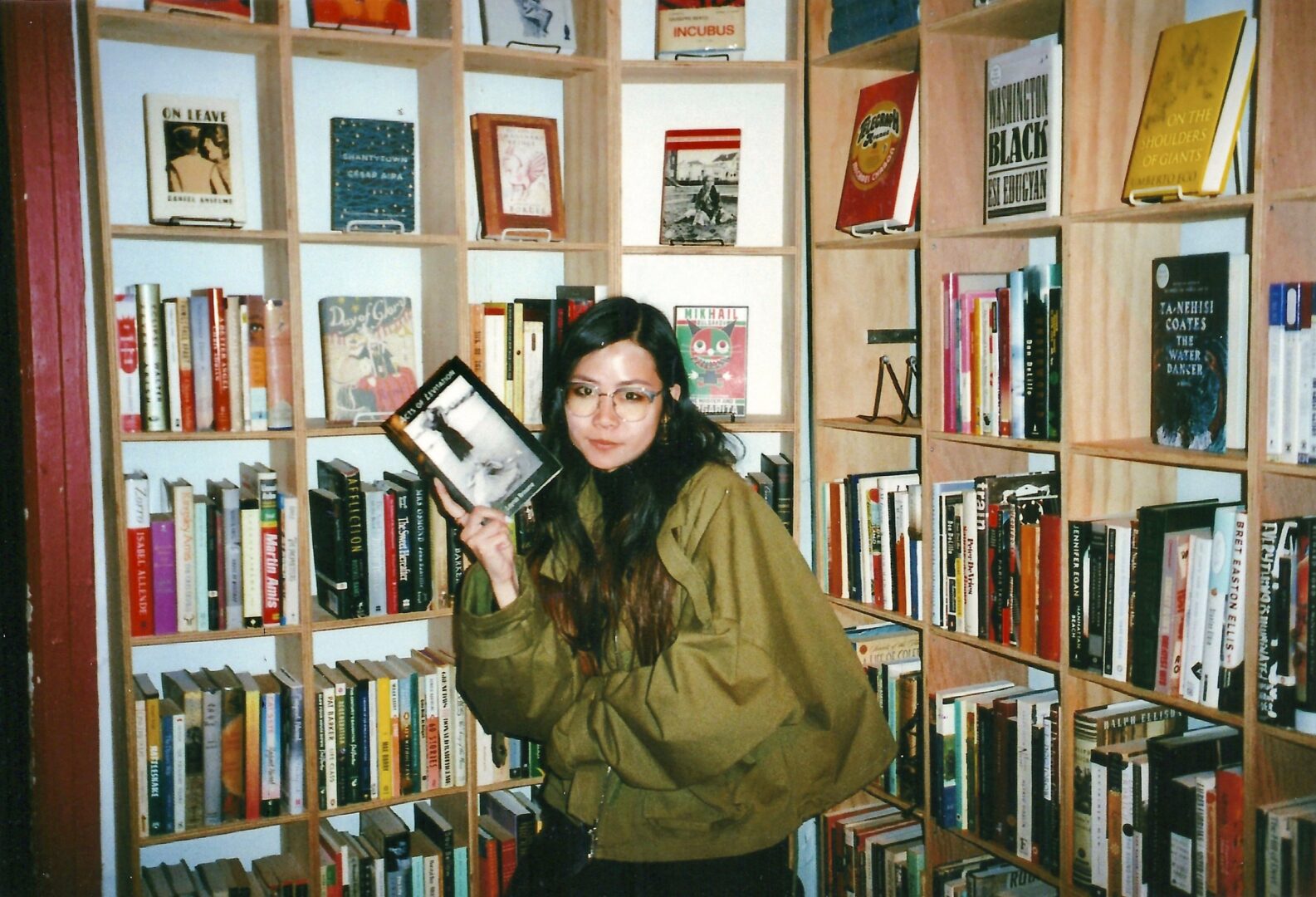We recently connected with Joel Sartore and have shared our conversation below.
Joel, thank you so much for joining us. You are such a positive person and it’s something we really admire and so we wanted to start by asking you where you think your optimism comes from?
I don’t see any other choice to be honest. You can sit around and be overcome with all the negative news about what we are doing to the environment or you can go out there and try to do something about it. Having that hope and optimism is essential – and I’ve been lucky enough to see how people working tirelessly to make even the smallest of changes can and do make real differences for wildlife and for our planet.
I still believe that people will want to help, but they first have to meet these animals and learn what the problems are — that’s what the National Geographic Photo Ark is all about.
One story I love to point to as a source of hope and an example of the power of people’s ability to make a change for species is the Florida grasshopper sparrow. Historically, the Florida grasshopper sparrow occurred all over the prairies of central Florida. But in the last few years, it neared the brink of extinction, with biologists struggling to find the reasons why. When the Photo Ark photographed the bird for an Audubon Magazine cover story, it got so much attention that the US government went from spending $20-30k per year to document its demise, to $1.2 million to begin a captive breeding program. That breeding program is a success today, and so there’s real hope for the sparrow, thanks to the hard work of the researchers and breeding centers like the White Oak Conservation Center in Yulee, FL. I’m very proud of that.
This short story is just one example of the real impact the Photo Ark has created and is a personal source of optimism that continues to drive me on this project and share these animals with the world.
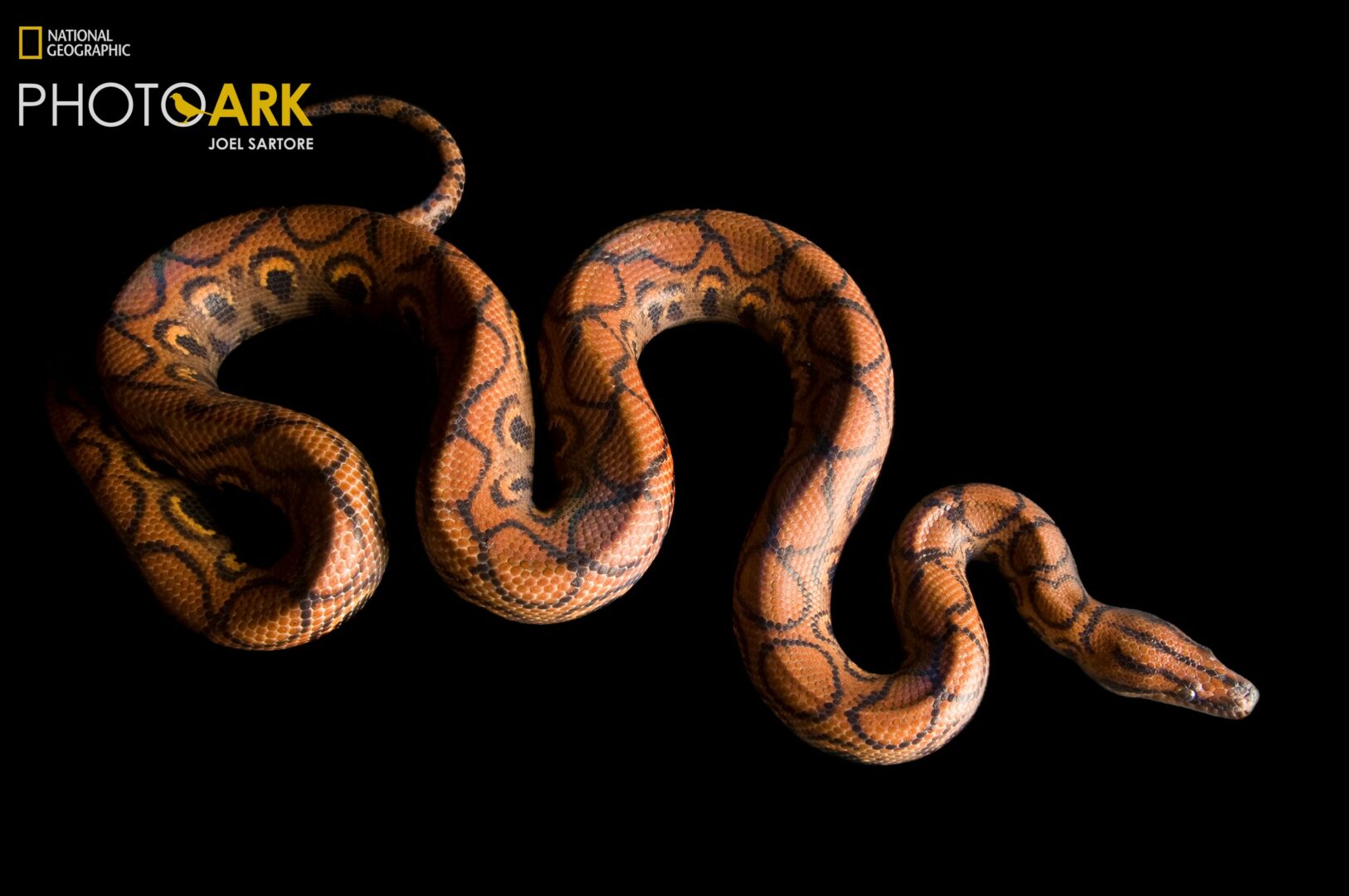
Let’s take a small detour – maybe you can share a bit about yourself before we dive back into some of the other questions we had for you?
In 2006, I started the National Geographic Photo Ark in an effort to document every species living in the world’s zoos, aquariums and wildlife sanctuaries, inspire action through education,and help protect wildlife by supporting on-the-ground conservation efforts.
Now, over 18 years later, I’ve photographed more than 16,000 species and traveled to more than 62 countries around the world in my quest to create a photo archive of global biodiversity.
It’s my great hope that through these up-close portraits viewers are able to more deeply connect with each animal and be inspired to take action to protect our planet’s incredible, and often imperiled, wildlife before it’s too late.
I am proud to be a National Geographic Explorer and photographer and use my skills to advance the urgent need to protect and preserve global biodiversity. This work has also enabled me to open new avenues for others through the Photo Ark Species Impact Initiative, now entering into its second year, which leverages the Photo Ark’s powerful storytelling and provides impactful funding for on-the-ground conservation efforts to protect at-risk species.
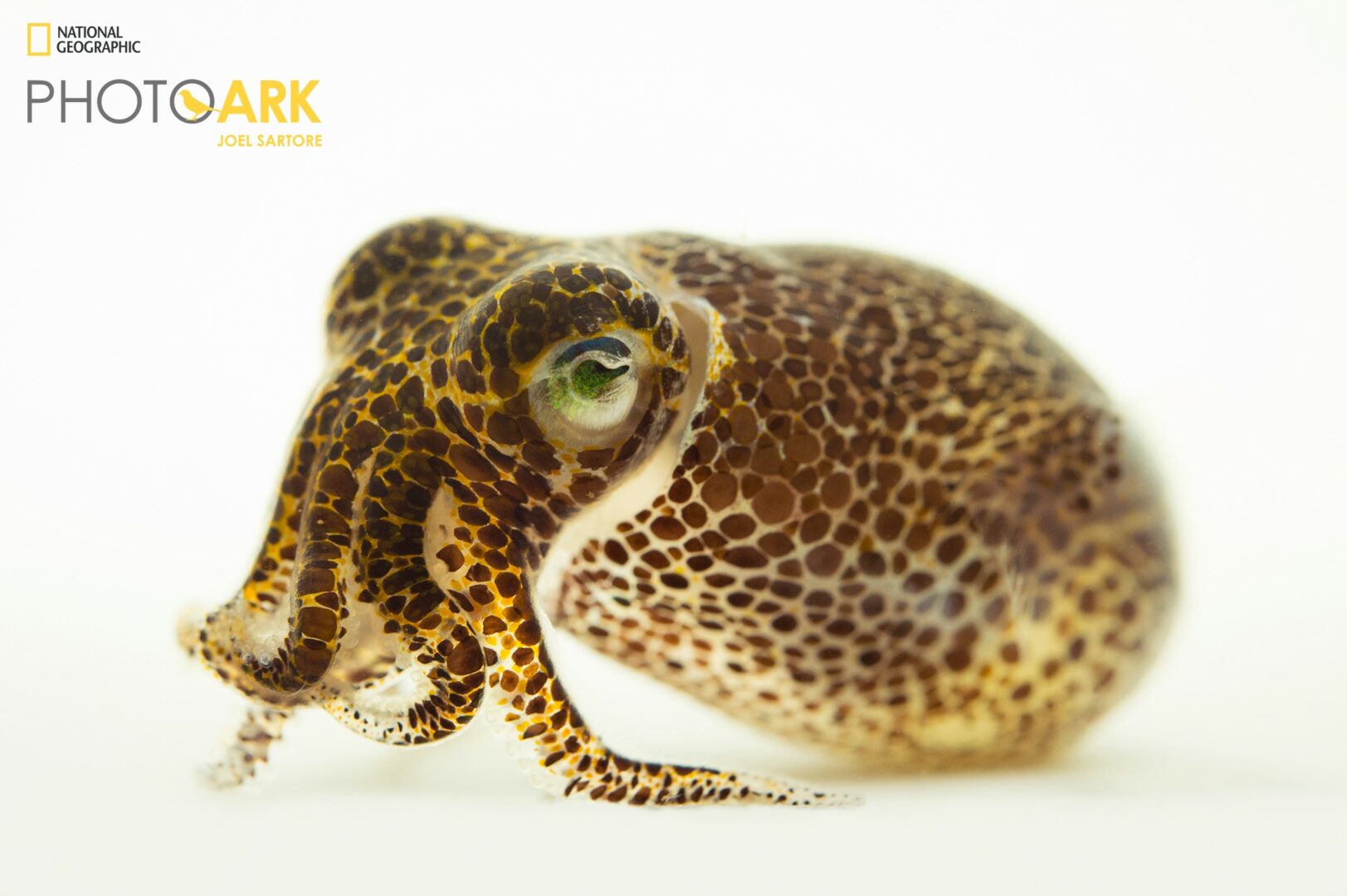
If you had to pick three qualities that are most important to develop, which three would you say matter most?
For me the three qualities that have been most critical are preparation, respect and persistence.
Preparation.
Most people don’t understand that really good photography takes a lot of work. I do lots of preparation before every photo shoot to learn what the rules of conduct are for the species I’ll be photographing, what a respectful distance is, what behaviors to avoid, and what their “back off” signals are. But even if you do your homework and come prepared, wildlife can be unpredictable and some shoots will be more difficult than others –– like my first chimpanzee photo session.
After an hour of prepping an off exhibit space with a heavy white photo background, the chimps completely destroyed my set at the Sunset Zoo in Manhattan, KS. The shoot lasted less than three seconds. People can see it on my website, www.joelsartore.com. Just search ‘The Chimp Incident’.
Respect.
When working with wildlife and nature in general, it is absolutely crucial to respect your subject and surroundings. This means leaving everything as you found it and taking your trash out with you. With wildlife it means disturbing your subject as little as possible. Before you even set foot in the field, research your subjects and talk to people who know the area you’ll be working in. Do your homework and don’t waste the time of the people who are helping you out. Show up when you’re supposed to, and ALWAYS send the prints that you promise to people.
My goal is to safely get good photos of your subject behaving normally, not showing aggression or running away.
Persistence.
I got to be a National Geographic photographer by being very persistent. About halfway through my first job as a photographer, I met James Stanfield, one of the legends of photography at National Geographic. He graciously looked at my work and gave me a recommendation to send my portfolio to the Society’s headquarters in Washington, D.C.
For the next two years, I sent in clips of my best work from the newspaper, usually in three-month intervals. I was persistent, which eventually led me to my path at National Geographic.
My simple advice is to find out what motivates you and focus on what you need to get where you want to go.
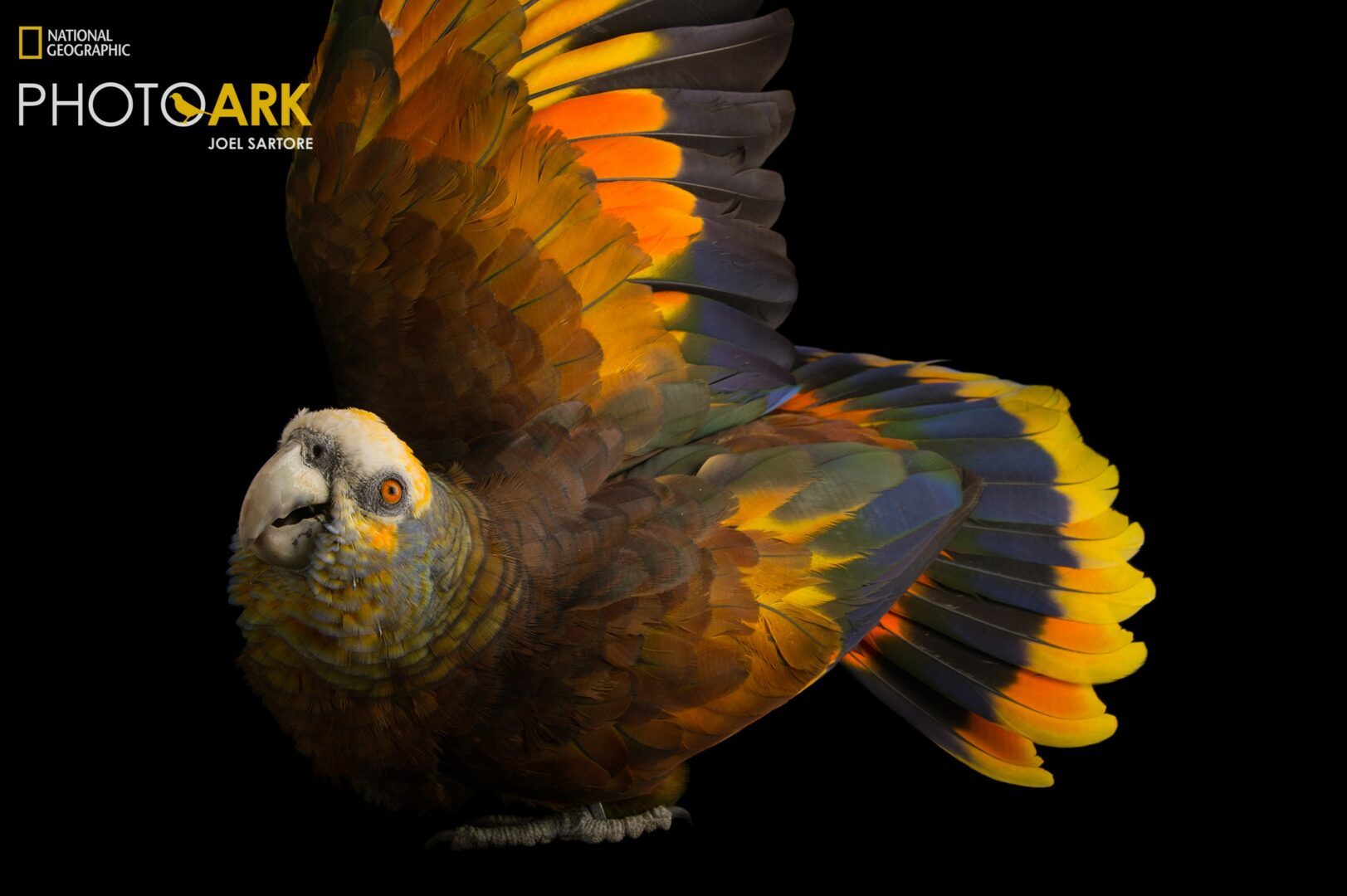
Okay, so before we go we always love to ask if you are looking for folks to partner or collaborate with?
I’m looking for people to take up the mantle of conservation – I want the world to collaborate on conservation of species. I truly hope that by building this ark of biodiversity I will have inspired people to take real action — big or small — to help create a more liveable world. Whether it’s planting a pollinator garden in your yard or spreading the word among your friends and family about the need to protect species, we can all do our part to stop and reverse biodiversity loss. I hope the legacy of the Photo Ark is not a collection of photographs of species we’ve lost, but a snapshot in time of species we’ve worked hard to protect and restore and keep from extinction.
The stakes could not be higher. We are all in this together and every one of us needs to be invested in the future of all species to ensure a livable planet for us all.
Contact Info:
- Website: https://www.joelsartore.com/photo-ark/
- Instagram: https://www.instagram.com/JoelSartore/
- Other: https://www.tiktok.com/@joelsartoreofficial
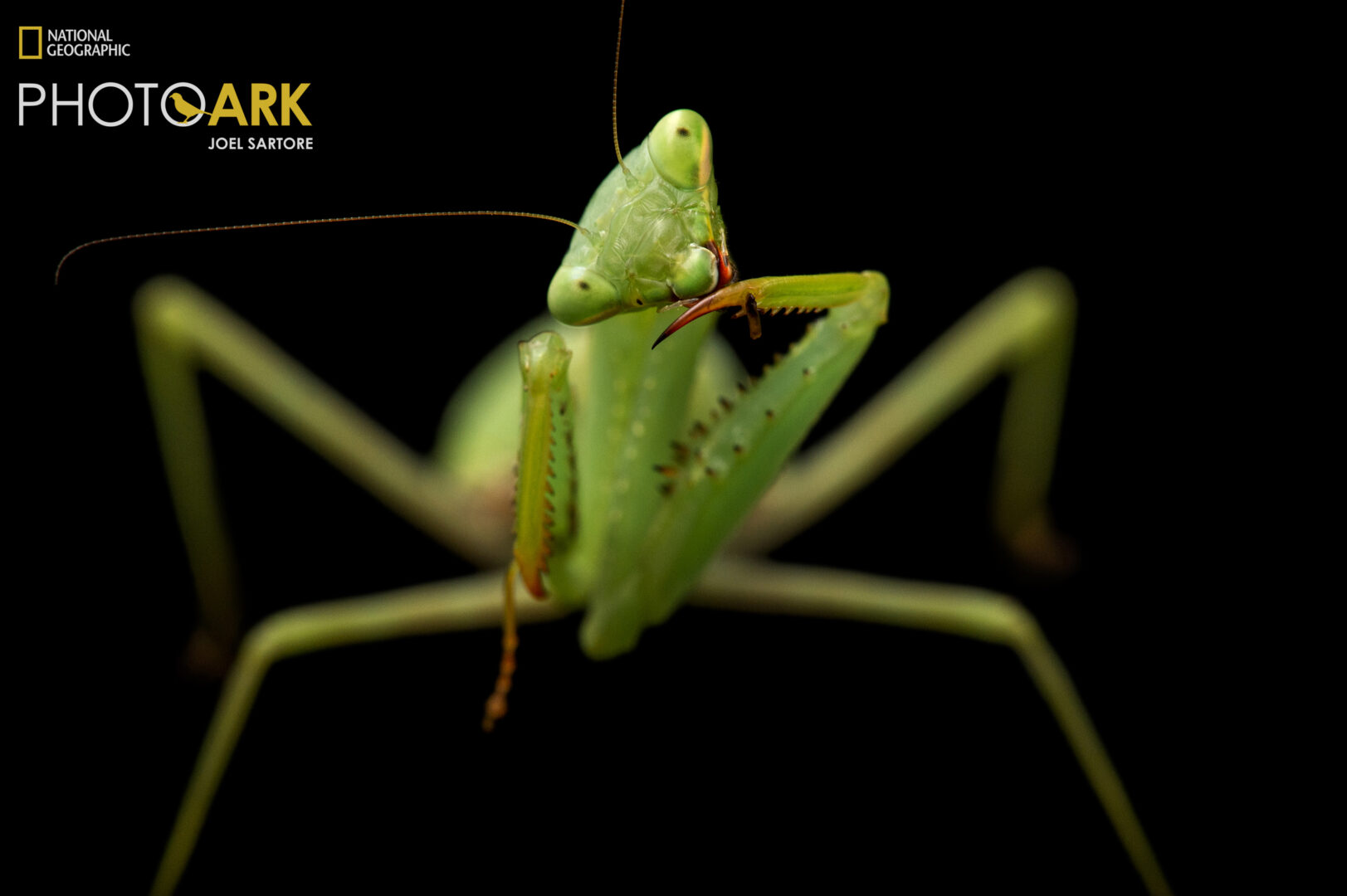
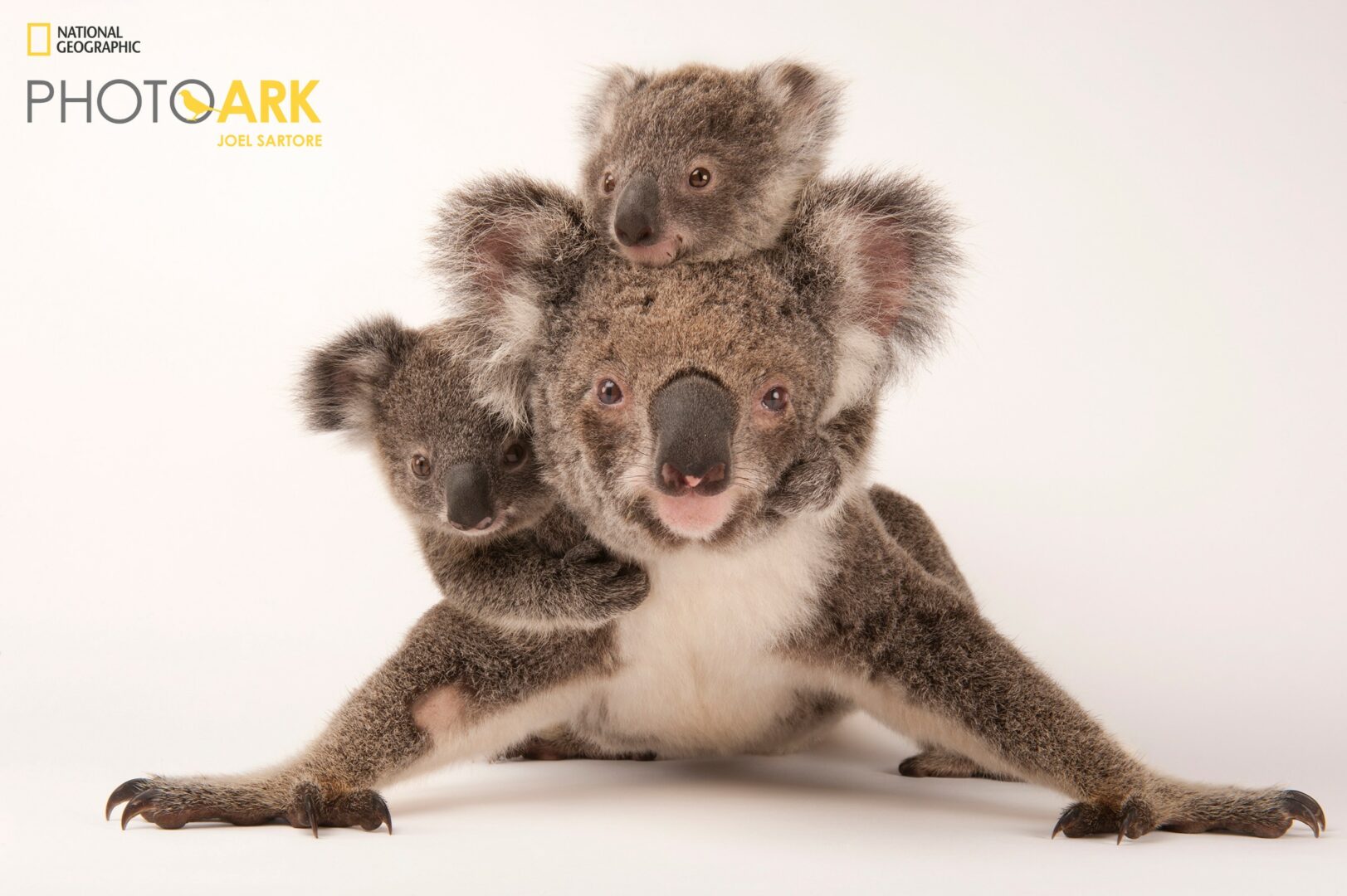

Image Credits
Image of Joel Sartore by Ellen Sartore
All other images by : Joel Sartore, National Geographic Photo Ark
so if you or someone you know deserves recognition please let us know here.

